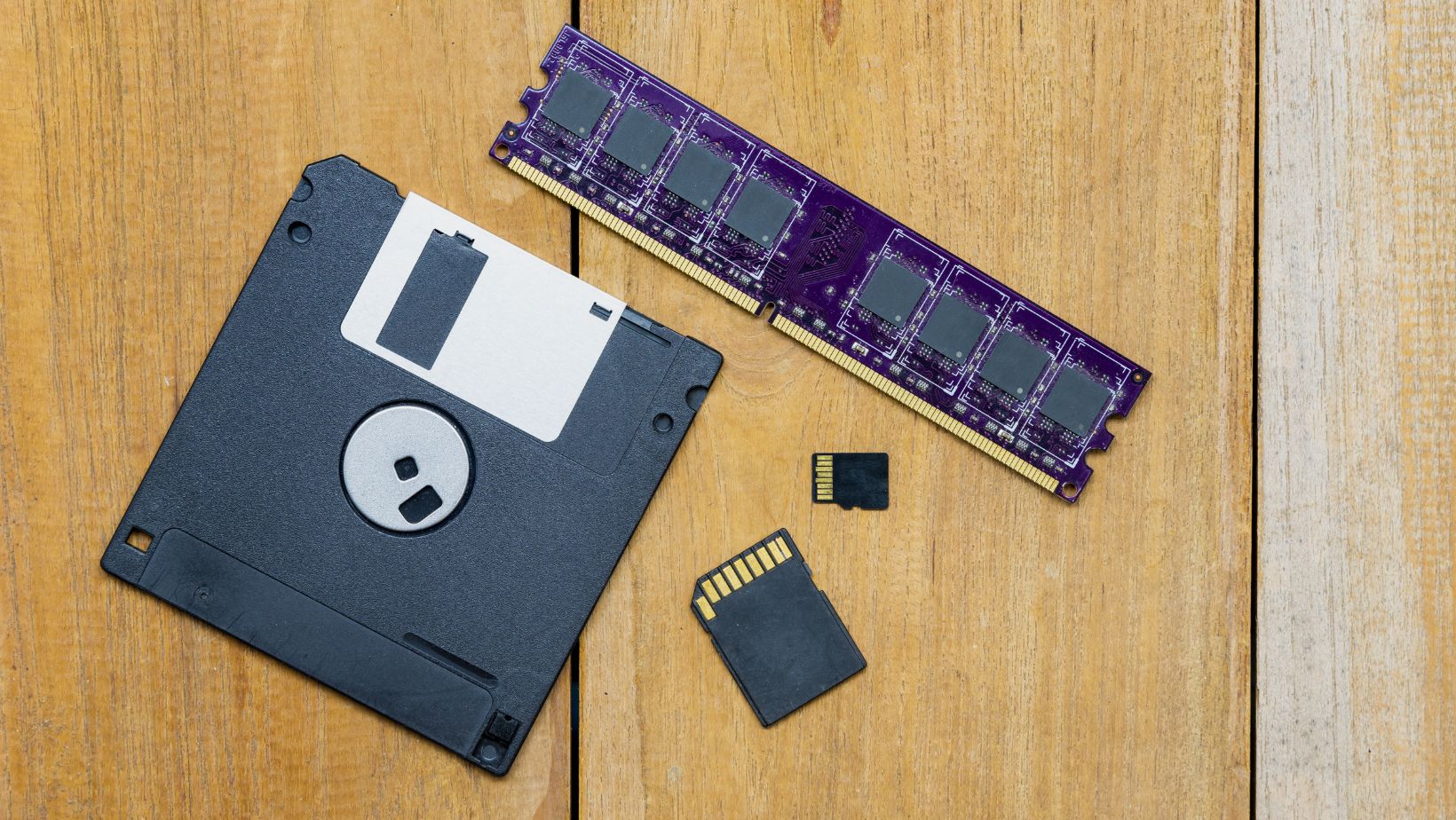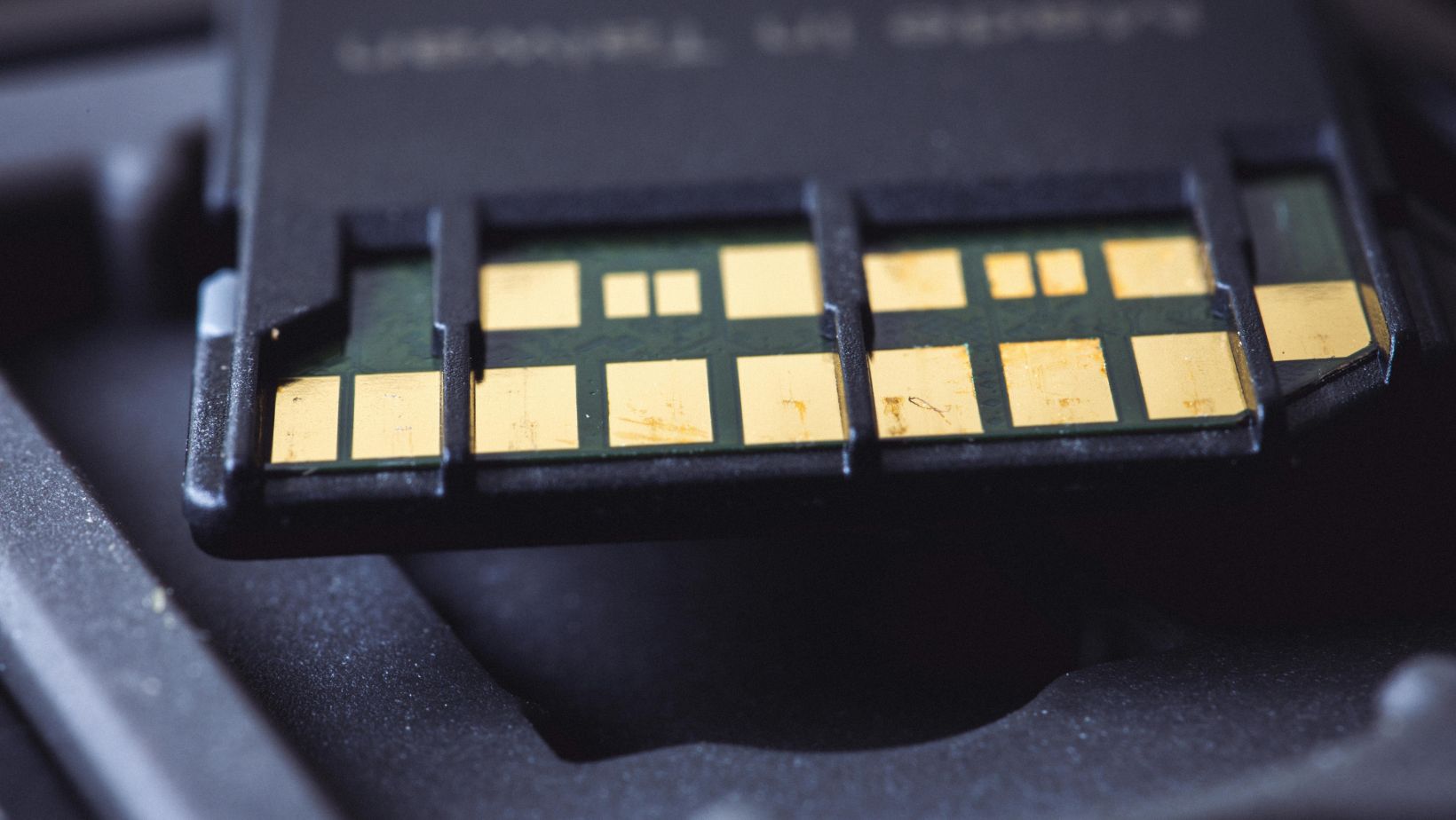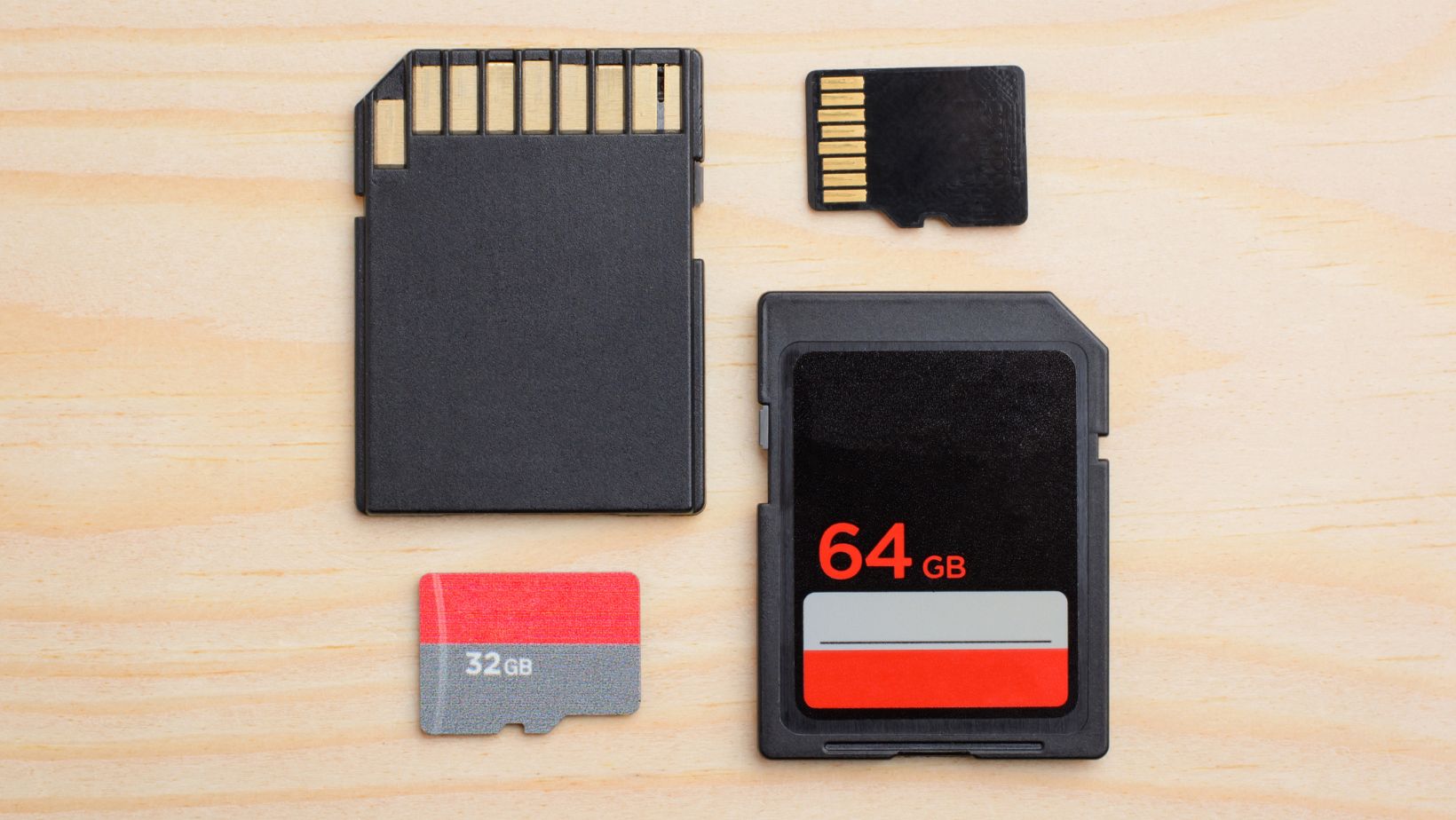In today’s smartphones, tablets, and digital cameras, storage space is a precious commodity that affects how we capture memories and manage our digital lives. What are the pros and cons of using SD cards versus internal storage?
The main difference is that SD cards, including micro SD cards commonly used in smartphones, offer flexible, expandable storage but are generally slower and less reliable than internal storage. In contrast, internal storage provides faster speeds and better reliability but is fixed and cannot be expanded.
While this quick comparison gives you the basic idea, the choice between SD cards and internal storage depends heavily on your specific device and how you plan to use it. Understanding each option’s detailed advantages and limitations can help you make a better decision for your situation.
How Do Different Devices And Usage Patterns Affect Your Storage Choice?
SD cards are often the better choice for photographers using digital cameras despite their slower speeds. Photographers must swap memory cards during long shoots and transfer photos to their computers afterward. The removable nature of SD cards makes this workflow much more practical than being limited to internal storage.
For smartphone users who stream content and use cloud storage, internal storage often makes more sense. The faster speeds of internal storage help apps load quickly and ensure smooth performance. Plus, with cloud backup solutions readily available, the need for expandable storage is less critical.
What Are The Speed And Performance Differences Between SD Cards And Internal Storage?
Internal storage typically offers read/write speeds of 100-300MB/s, while even the fastest SD cards usually top out around 90-100MB/s. This speed difference becomes noticeable when loading large apps, recording 4K video, or transferring large files.

The performance gap is particularly evident in random read/write operations, which happen frequently during normal device use. Internal storage handles these operations much more efficiently, leading to better overall device performance and faster app loading times.
What About Reliability And Longevity Concerns?
SD cards have a finite number of write cycles and are more susceptible to physical damage due to their removable nature. Most SD cards are rated for around 10,000 write cycles, though this varies by manufacturer and card type.
Internal storage typically lasts longer and is better protected since it’s permanently enclosed within the device. However, if internal storage fails, it’s usually more expensive and complicated to repair or replace than simply buying a new SD card.
The risk of data loss is also higher with SD cards since they can be accidentally removed while in use, corrupted more easily, or simply lost due to their small size. This makes regular backups particularly important when relying on SD card storage.
What’s The Cost Comparison Between SD Cards And Internal Storage?
While SD cards might seem like the more economical choice at first glance, with prices around $20-30 for a 128GB card, the cost-per-gigabyte calculation isn’t quite that simple. Higher-capacity internal storage often comes bundled with premium device models that offer other desirable features, making the true cost comparison less straightforward.
Additionally, many users end up buying multiple SD cards over time, either as backups or replacements for failed cards. When factoring in these long-term costs, the price advantage of SD cards becomes less significant. However, for devices where storage expansion is the primary goal, SD cards still typically represent the more cost-effective solution.
How Does Security Factor Into The Storage Decision?
Internal storage generally offers better security features than SD cards, as it’s usually encrypted by default on modern devices. This encryption is often hardware-based and tightly integrated with the device’s security systems, making it more difficult for unauthorized users to access sensitive data.

SD cards, while they can be encrypted, often rely on software-based encryption that may not be as secure. Furthermore, their portable nature makes them more vulnerable to theft or loss. This security consideration is particularly important for business users or anyone storing sensitive personal information.
For this reason, many security-conscious users prefer to keep their most sensitive data on internal storage while using SD cards primarily for media storage and less critical files. This hybrid approach allows them to balance the benefits of both storage types while maintaining appropriate security levels for different types of data.
Making Your Storage Decision
Before making your final decision between SD cards and internal storage, take a moment to list out your specific needs in three key areas: the types of files you’ll be storing, how frequently you’ll need to access them, and how sensitive your data is. This simple exercise will help you match your actual usage patterns with the right storage solution. Once you have this clarity, you can make a more confident choice that aligns with both your practical needs and security requirements.

